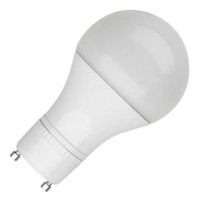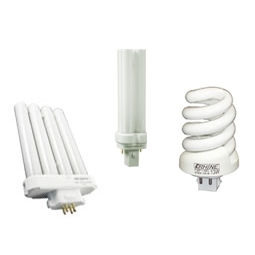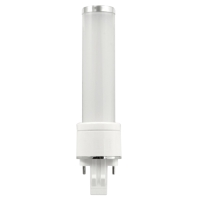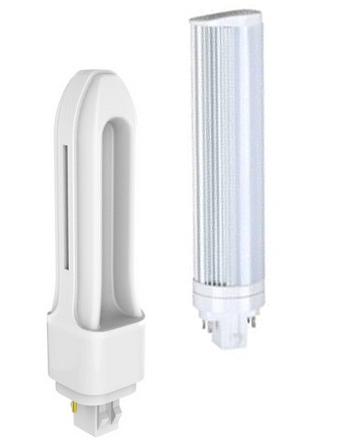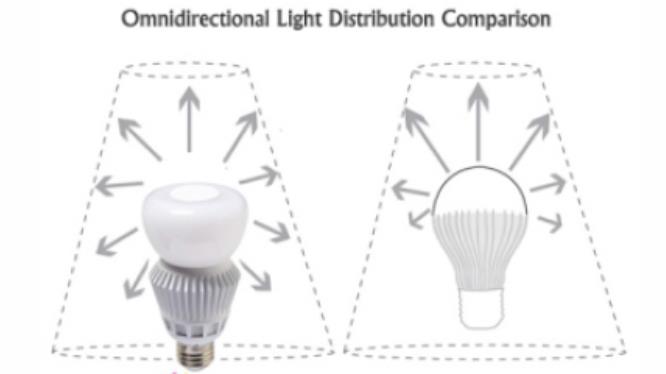 A computer, DVR, and TV are just some of the devices we use daily in our homes and businesses. These are also some of the most common devices left plugged in long after being shut off. While powering off does reduce energy use, it doesn’t stop the device from using energy. One of the simplest way to combat this phantom energy use is with a tier 2 power strip. These advanced devices are highly intuitive, and can be used in both residential and commercial environments.
A computer, DVR, and TV are just some of the devices we use daily in our homes and businesses. These are also some of the most common devices left plugged in long after being shut off. While powering off does reduce energy use, it doesn’t stop the device from using energy. One of the simplest way to combat this phantom energy use is with a tier 2 power strip. These advanced devices are highly intuitive, and can be used in both residential and commercial environments.
What’s the Big Difference?
Tier 1 and 2 power strips both work to reduce the amount of energy used by the devices that are plugged into them. The key difference between these two is the intuitive technology the advanced power strips feature.
- Power and motion sensor to reliably control power supply to all plugged in equipment
- Adjustable standby control delays the sensor for activities such as movie-watching / completely cuts off power after an allotted period
- Bluetooth connectivity with Apple iOS / Android device to control the power strip and view usage details in an app
- Designated PC outlet for controlling A Windows PC running on Microsoft Windows versions 7, 8 or 10
Tested and Proven
You don’t have to worry about experimenting in your home or business, because that’s exactly where these power strips have been tested. By using them on millions of devices outside of a laboratory, the tier 2 power strip is a proven energy saver. These power strips allow you to reduce the energy usage for 8 devices in either a commercial or residential setting with 2 always on, and 6 controlled outlets.
If you’re looking for a way to save energy and money in these spaces, consider giving the advanced power strip a try. At the very least, you won’t have to worry anymore about the energy being lost when you walk away and forget to unplug.





